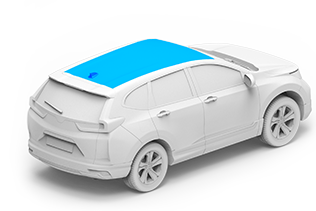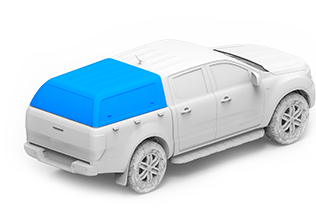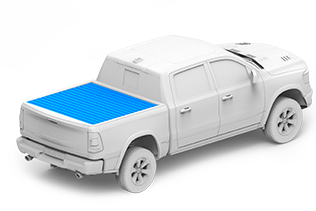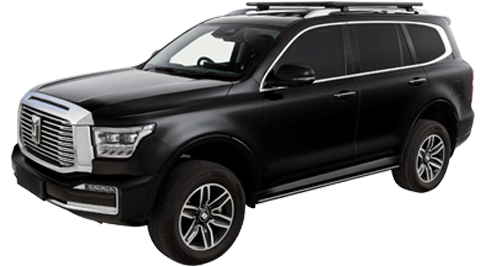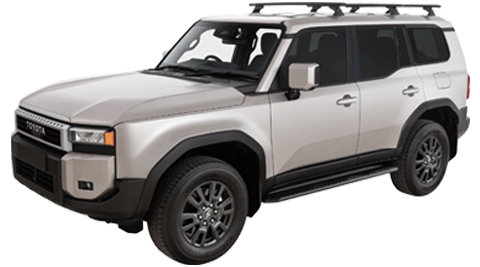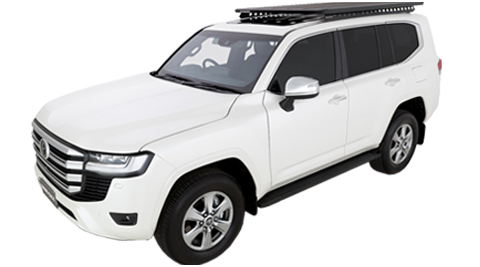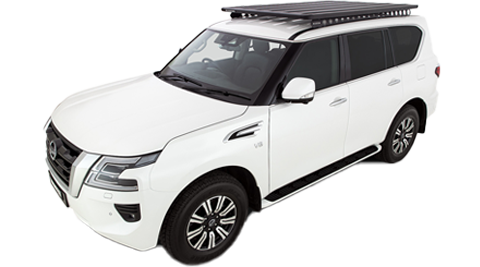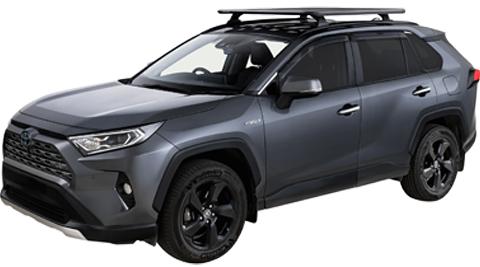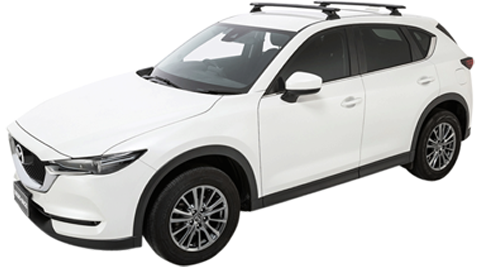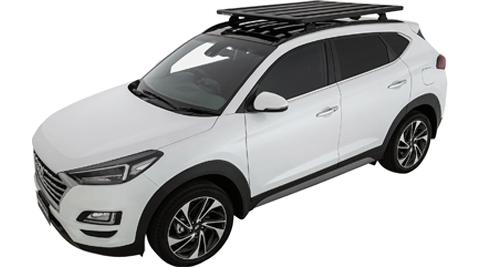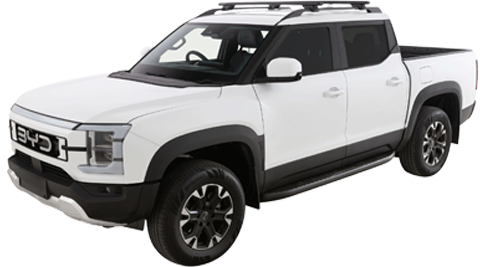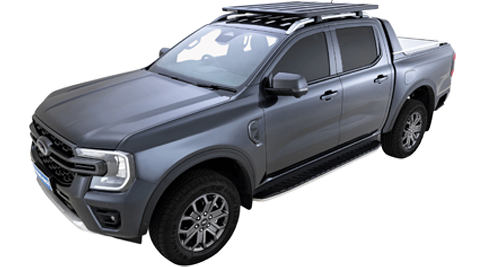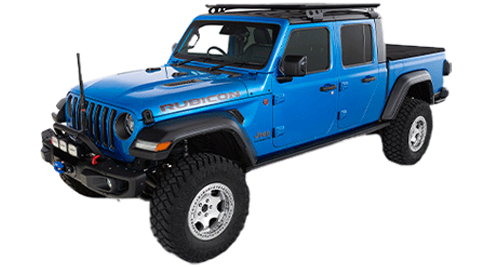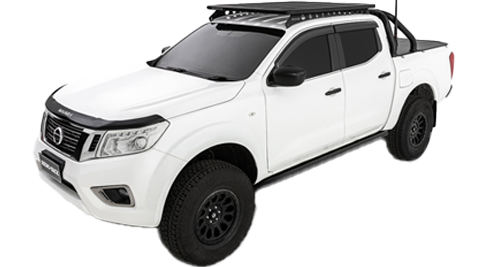Safe, Secure and Sturdy
MachTen now availableWhat's Your Sportz?
Sportz Cross BarsTransform your Vehicle
Discover how Rhino-Rack can elevate your outdoor adventures. Designed for the enthusiast and the casual adventurer alike, our products ensure you’re prepared for wherever your journey takes you.
TOP VEHICLE FITS
GWM
Tank 500
Toyota
LandCruiser Prado 250
Toyota
LandCruiser 300
Nissan
Patrol
Jeep
Wrangler
Toyota
RAV4
Mazda
CX-5
Mitsubishi
Eclipse Cross
Hyundai
Tucson
Honda
CR-V
BYD
Shark 6
Toyota
Hilux
Ford
Ranger
Jeep
Gladiator
Nissan
Navara
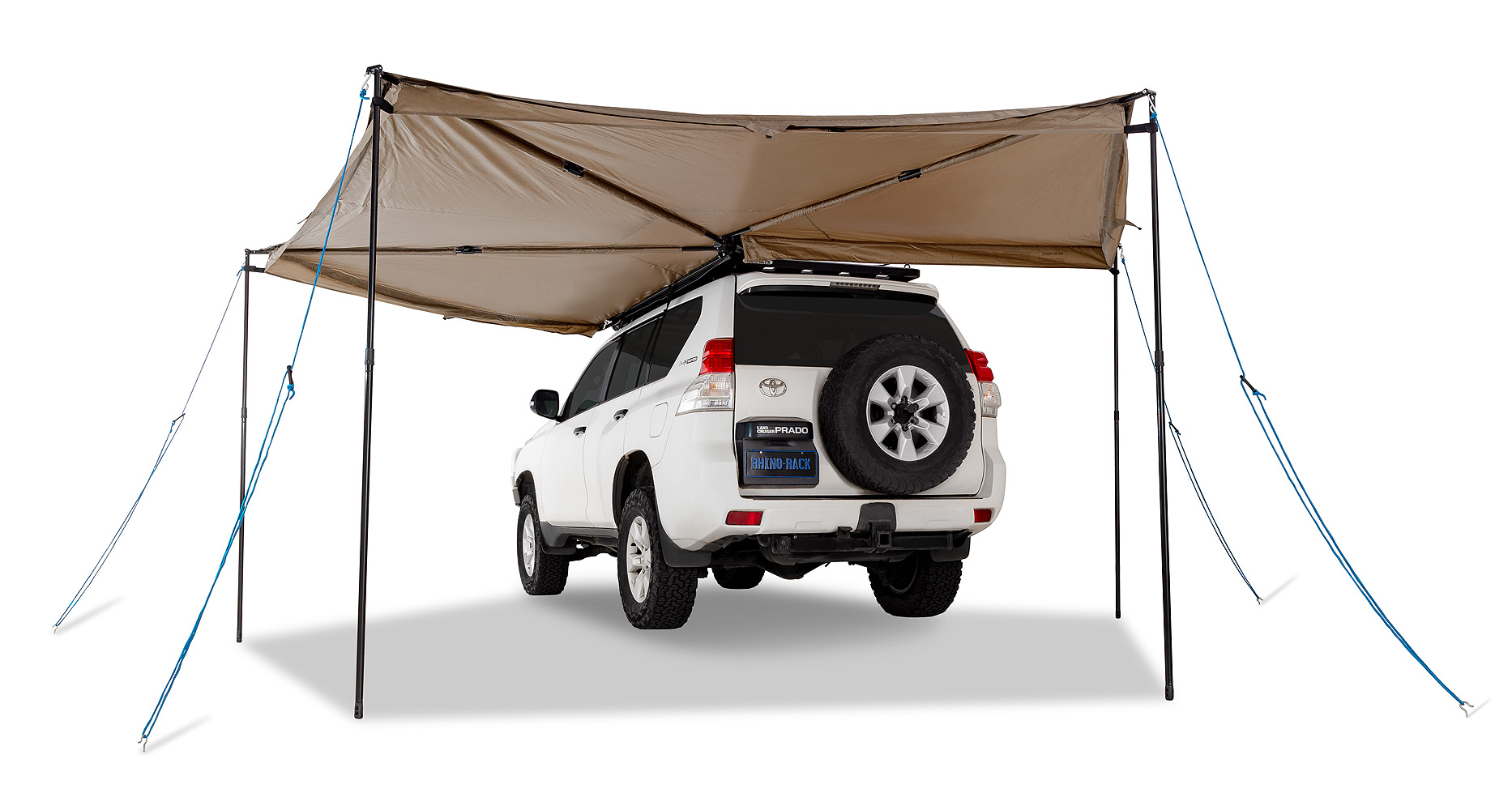
Top products
Batwing Awning (Left) with STOW iT
The Batwing Awning (Left) with STOW iT mounts to the left side of the vehicle and when opened, extends 2.5m/98” out from the edge of the vehicle and wraps around the rear providing 270 degrees of cover, making the Batwing Awning a perfect addition to any adventure.
SHOP NOW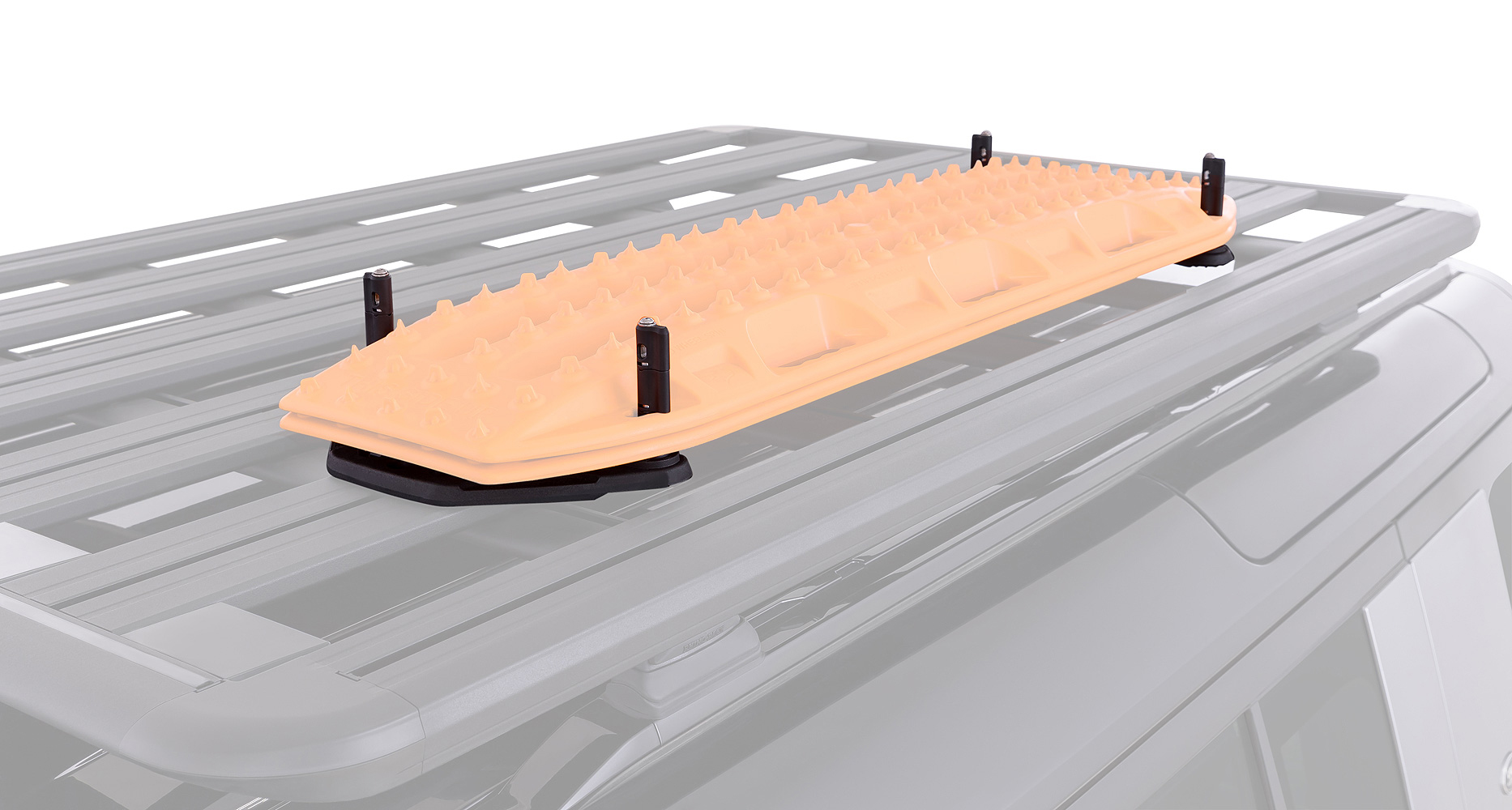
Top Products
Recovery Track Bracket - Locking Pin
The Recovery Track Bracket is suitable to carry your recovery tracks flat on your Pioneer platform and Reconn-Deck crossbars. The locking pins make access to the boards convenient and secure.
SHOP NOW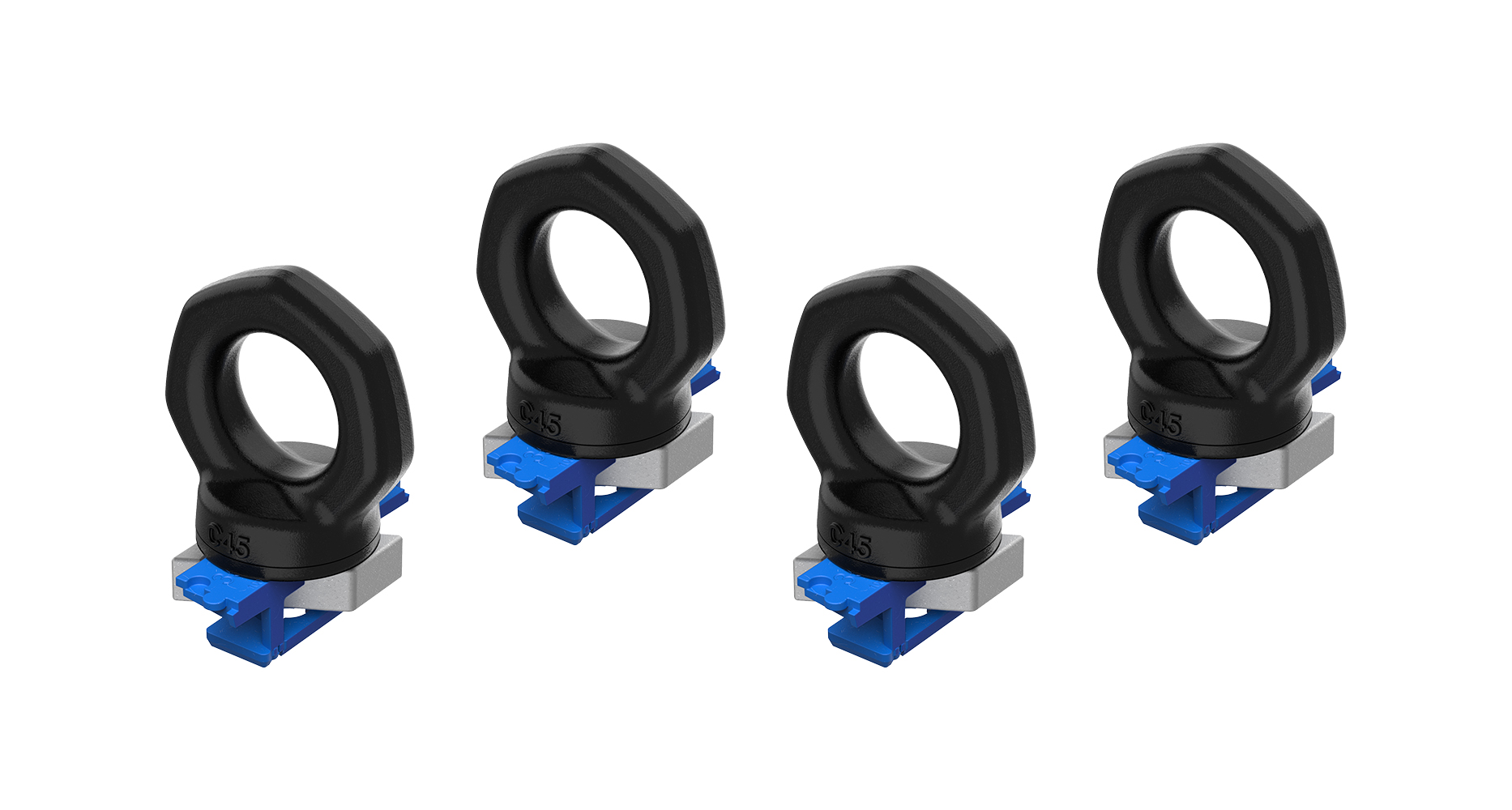
Top Products
Eye Bolts with Zwifloc™ (4)
The Eye Bolts with Zwifloc™ (4) is designed to provide versatile tie down points for your Pioneer platform, Reconn-Deck or Vortex cross bars. The kit includes 4 Eye Bolts, each with the patented Zwifloc™ channel nut, which allows quick and easy installation anywhere without moving other accessories.
SHOP NOW











